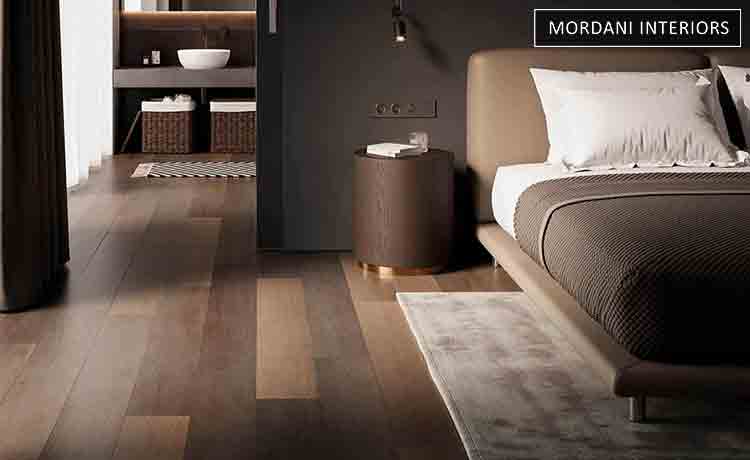15 Major Difference Between a Laminate Wood Flooring vs Engineered Wood Flooring
Wood flooring is like a good haircut - it can instantly transform a space from 'meh' to 'oh yeah! A laminated wood floor or an engineered wooden flooring can profoundly enhance your space in several gracious ways. Firstly, it can add a touch of elegance and warmth to any room, making it more inviting and comfortable. Both laminated and engineered wood flooring come in a variety of styles and species, allowing you to choose the perfect fit that complements your existing decor. Additionally, they can increase the value of your home, making it more attractive to potential buyers if you decide to sell in the future. Lastly, the improved acoustics of wood flooring compared to other flooring types, can reduce noise levels in the room and create a peaceful atmosphere. Below are 15 Major Differences between a laminated wood flooring vs a natural engineered wood floor. 1.Composition: Laminated wood flooring is made of several layers of material, including a high-density fiberboard core, a photographic layer that simulates the look of wood, and a protective layer that resists scratches and stains. Engineered wood flooring is made of real wood veneer layers that are glued together in a cross-grain pattern, with a backing layer of high-density fiberboard. 2.Cost: Laminated wood flooring is generally more affordable than engineered wood flooring. 3.Installation: Laminated wood flooring is generally easier to install, with a click-lock or tongue-and-groove system that doesn't require any special tools or adhesives. Engineered wood flooring can be more difficult to install and may require professional installation. 4.Durability: Engineered wood flooring is generally more durable than laminated wood flooring and can be sanded and refinished several times, extending its lifespan. 5.Authenticity: Engineered wood flooring has a more authentic look and feel than laminated wood flooring, as it is made of real wood veneer layers. 6.Moisture resistance: Laminated wood flooring is more moisture-resistant than engineered wood flooring. 7.Resale value: Engineered wood flooring may have a higher resale value than laminated wood flooring, as it is seen as a higher-end flooring option. 8.Sound insulation: Engineered wood flooring generally provides better sound insulation than laminated wood flooring. 9.Installation flexibility: Engineered wood flooring can be installed over a wider range of subfloors, including concrete, while laminated wood flooring is more limited in this regard. 10. Environmental impact: Both laminated wood flooring and engineered wood flooring have an impact on the environment, but engineered wood flooring may be considered more sustainable, as it uses less real wood. 11. Maintenance: Both laminated wood flooring and engineered wood flooring are easy to clean and maintain, but laminated wood flooring is more resistant to scratches and stains. 12. Appearance options: Laminated wood flooring comes in a wide range of patterns and colors, while engineered wood flooring is limited by the types of real wood used in its construction. 13. Compatibility with underfloor heating: Engineered wood flooring is generally more compatible with underfloor heating systems than laminated wood flooring. 14. Thickness: Engineered wood flooring is generally thicker than laminated wood flooring, which may impact its installation in some spaces. 15. Longevity: Engineered wood flooring generally has a longer lifespan than laminated wood flooring, which may make it a better investment in the long run
Tenzin
30.03.2023
